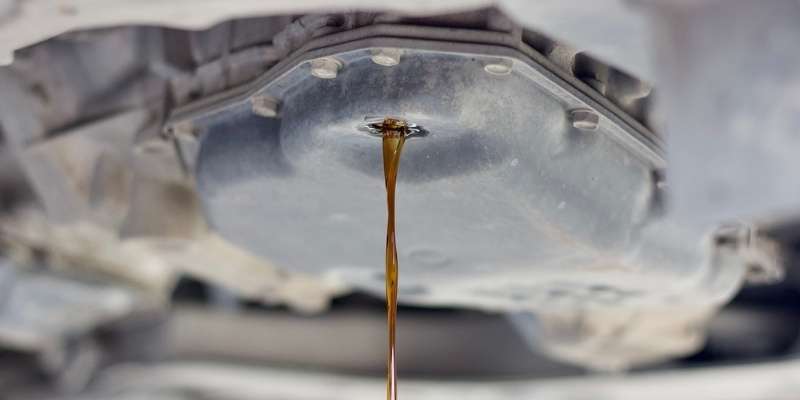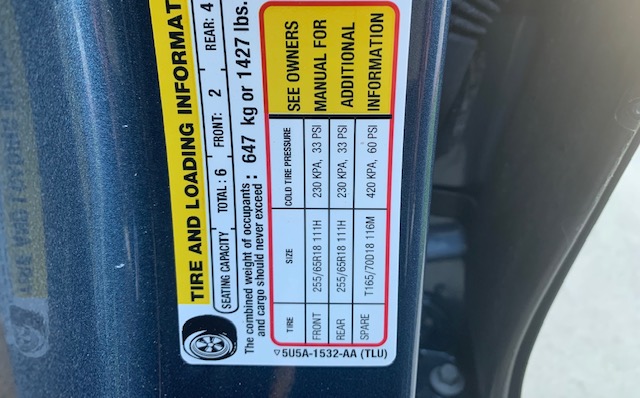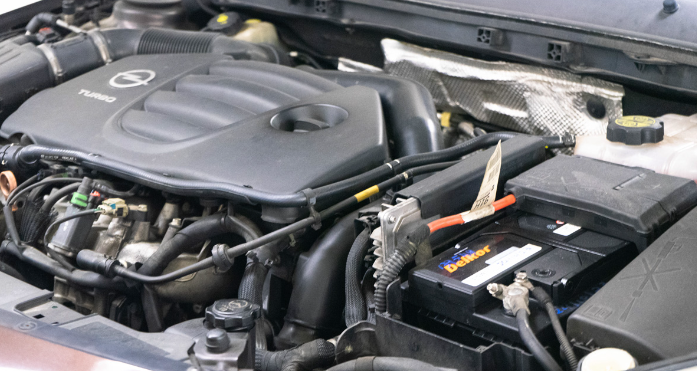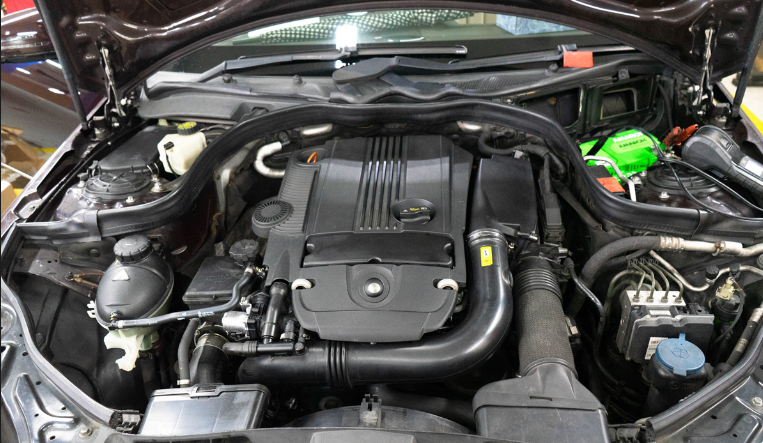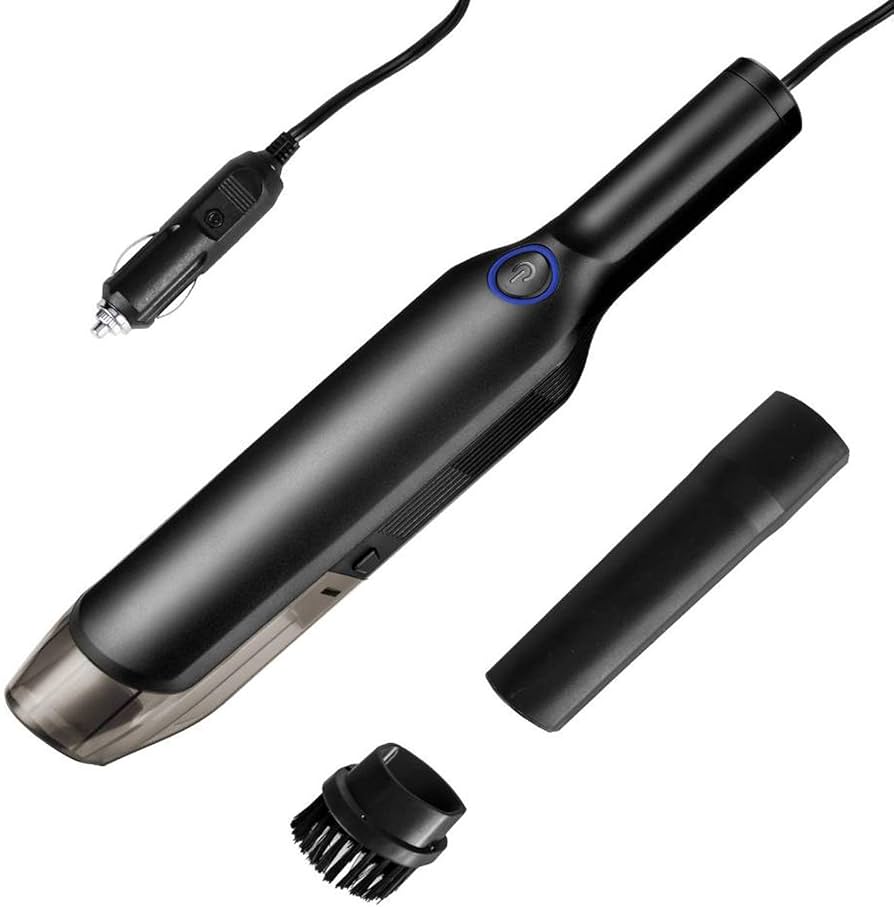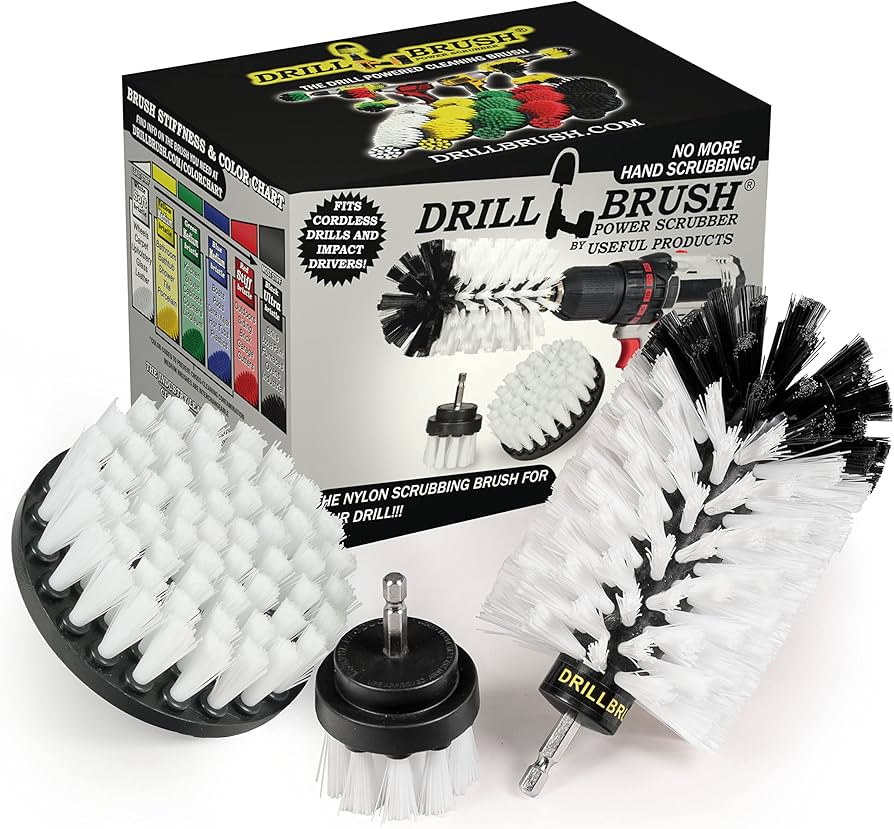The transmission, just like the engine, needs a specific fluid to operate correctly.
However, the transmission fluid should be debris-free and in the correct viscosity to work effectively. But then, driving forever without having dirt in your oil is almost impossible.
In some cases, drivers may opt for transmission fluid flush, which is a better way to get rid of all the old or contaminated oil in the transmission. Then replaced with new oil. So how much does a transmission flush cost?
Transmission Flush Cost
The cost to flush your transmission ranges from $125 – $400. However, how much you spend depends on the oil quantity needed by your car, oil grade, and whether you are doing this at a service center, independent mechanic, or yourself.
In many cases, you would also need to change the transmission filter and pan gasket.
Since this process needs fresh fluid to do the flushing, you may need extra fluid than the usual fluid required.
For people using flushing machines, extra fluid is also required to fill the machine reservoir and lines. You may even need additional fluid to prime the pump. This influences the quantity of fluid needed for the flush.
Therefore, the higher the fluid quantity needed, the higher the cost.
Here is a breakdown example. Say you own a small car that needs 8 quarts of fluid and choose to flush at a dealership with OEM fluid costing $20 per quart.
You will be spending about $250 to get this job done. If, however, you own a bigger vehicle that needs about 15 quarts of transmission fluid. You could spend up to $400.
It can be cheaper
While transmission flush has a price range of $125 – $400, you can get it done for about $100. All you need to do is keep your eyes open for deals offered by mechanics.
However, there are a few things to keep in mind.
These deals have a limit to how many quarts of fluid are used. So if you own a big vehicle like those that can consume about 15 quarts, don’t expect to be charged the same $100.
Also, keep in mind that these repair shops are particular about the kind of fluid that goes into their flushing machine.
So in most cases, they don’t accept fluids brought in by customers. Therefore to avoid cross-contamination, repair shops ensure the machine is cleaned before attending to another customer.
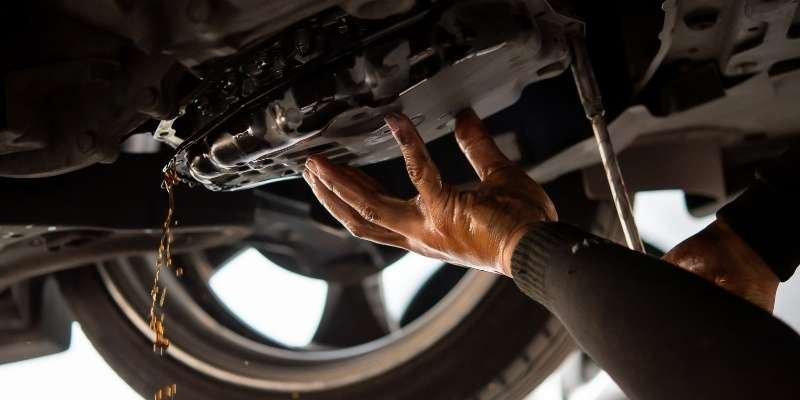
Fluid Flush vs Change
The goal of a flush or fluid change is usually to keep up with performance and extend your car’s lifespan. However, they have their peculiarity and process.
Flush involves experts using a flushing machine or other tools to completely flush all the transmission fluid from your car.
This way, grime, and contaminants are removed from the torque converter and cooler lines to prevent transmission issues. After which, fresh fluid is pumped into the transmission.
Fluid change, on the other hand, drains transmission fluid naturally. But in this case, all the old or dirty transmission fluid does not leave the transmission.
It basically allows about 20-40% of the old fluid to leave. This means that process does not flush out contaminants.
Related Post: Symptoms of transmission slipping
What Type of Fluid is Suitable for Transmission?
There are different types and grades of fluids in the market that can be used.
But generally, synthetic fluids are the most recommended. Full synthetic transmission fluid lubricates better, can withstand heat and friction better, and even last longer.
However, synthetic is not always an excellent choice, especially for older model cars. These old cars, in many cases, can’t withstand the activeness of the fluid, causing vehicle parts to degrade. Therefore, to ensure you’re using the suitable fluid for the car, please consult your owner’s manual.
Knowing which fluid to use isn’t enough. Ensure the person servicing your transmission uses the correct fluid type for your transmission. Using a generic or cheap fluid that doesn’t match your transmission capacity can cause problems for the transmission later on.
Importance of the Transmission Fluid
The transmission oil is a dark red lubricant that helps lubricate all moving components of your vehicle’s transmission. It also serves as a coolant and viscous fluid. For cars with automatic transmission, a transmission fluid also helps transfer power from the engine.
Different transmission fluid comes in handy depending on the transmission type. Generally, vehicles with manual transmissions can use any oil, including standard motor oil and specialized gear oil.
Vehicles with automatic transmission, however, can use only automatic transmission fluid.
So technically, the vehicle model determines which fluid you use. So always consult your owner’s manual for your vehicle manufacturer recommendations.
Signs Your Transmission Needs Flushing
- Difficulty in shifting gear
- Slipping gears
- Transmission overheating
- Irregular and delayed gear shifts
Importance of Transmission Flush
Frequently flushing the transmission helps eliminate grimes and contaminants in the transmission. This will keep your fluid in good condition and help prevent severe damage.
Which ultimately allows transmission parts to last longer and enables you to avoid costly transmission repairs.
How to Carry out Transmission Flush
Professionally done procedures would usually require a regulated flushing machine.
In other cases, a pump inlet flush may suffice. But before doing a flush, take the car on a test drive and inspect to see if there is anything serious like leaks. If everything looks good, then proceed.
- Attach the vehicle cooler lines to the flushing machine line. This allows the old fluid to drain into the machine.
- Then connect the line out of the machine to your car’s cooler. This allows new fluid from the machine into the car. The transfer process usually utilizes pressure from the vehicle’s pump to circulate the fluid, so the system’s internal components know no harm.
- This gets rid of the old fluid and brings in a new one.
If you are lucky enough to drive a car with a drain plug installed on the transmission, you can flush out the fluid via the plug instead of removing the pan.
However, this won’t remove all the fluid. So you may need to drive the car for a while and change the fluid again.
Then repeat the process about three times. This should drain out most of the old fluid, more like a cheap way of doing transmission flush.
This video also explains another way to carry out a transmission flush.
FAQs
How often should flushing be done?
Transmission fluid flush should be done around 30k miles or every two years. However, some experts recommend doing this every 24k miles. If the fluid appears dark brown, black, or has a burning smell, you may need a flush.
Alternatively, you should check your owner’s manual for manufacturer-recommended service intervals. People who drive regularly do a lot of towing and drive through harsh terrain may need earlier transmission service than recommended.
When should you not flush the transmission?
Flushing is a preventive measure to keep transmission working correctly and not a solution when there is already a problem. You should, however, not flush your transmission if the damage has already been done or the vehicle has already recorded a high mileage.
In other cases, some vehicle manufacturers do not support transmission flushing.
By the time the damage is done, a lot of sludge must have built up in the transmission.
Therefore, the new additives from the fresh oil will react with the sludge, causing them to break, which invariably blocks passageways. If you’re here, drive the car as much as you want and set money aside for a new one because the car will break down anyways.
Transmission fluid flush and change, which is better?
Transmission fluid flush and change help extend performance and the vehicle’s lifespan. However, they have their pros and cons.
Professionals use a flushing machine that does the job faster and would usually remove all oil in the system, which invariably gets rid of grime and contaminants from the transmission. These machines, however, use too much pressure to force fluid through the system.
This could damage the seals and let the fluid drop back into the pan without entering the cooler. This means all the old fluid may not leave but instead is diluted by the new one. Lastly, it is more expensive.
A fluid change, on the other hand, is cheap, at an average of $100. However, this process only let out about 20-40% of the old fluid. This means the new fluid going inside will still have the old one in it. Additionally, the process is also time-consuming.
Who should carry out a fluid flush?
Any vehicle owner with DIY knowledge can do this, plus you could be saving over $100 doing it yourself. However, it’s best to leave it in the hands of professionals as any mistake could damage the entire transmission or its components.
How much does a transmission fluid change cost?
The average cost for transmission fluid change is $100 for both automatic and manual transmissions.
But it could range between $80 – $250 depending on the fluid quality and quantity and whether you are doing it yourself, going to a service center, or a private mechanic.
You will also need to change the transmission filter and pan gasket. However, to get the exact transmission fluid change cost, get a quote from your local dealership or mechanic. Thankfully, this can even be done via phone.
Final Thoughts
Flushing your transmission helps increase performance and vehicle age. However, be willing to spend between $125 – $400. It is also advisable to let professionals do the job, so you don’t cause transmission damage. And make sure to use the correct oil!
It is also ideal to replace the oil filter and gasket pan. But before doing this, inspect the transmission; this would make you diagnose any issues that should be fixed before the flush.
Lastly, always refer to your owner’s manual regarding service intervals and whether you need a flush or fluid change.
